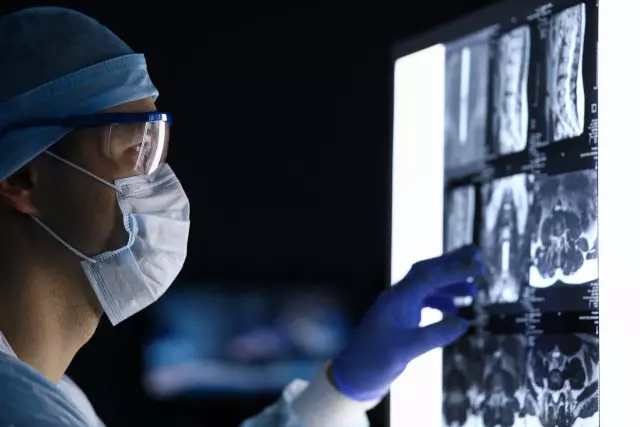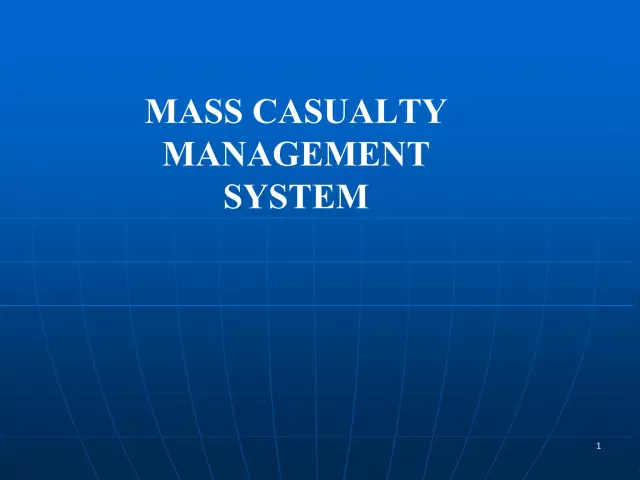- Author Rachel Wainwright [email protected].
- Public 2023-12-15 07:39.
- Last modified 2025-11-02 20:14.
Non-traditional diagnostic methods: to believe or not to believe?
The problem of making a diagnosis remains one of the most important in medicine. The success of treatment ultimately depends on how accurately the cause of the patient's discomfort is determined. Despite the fact that most of the diagnostic methods used in official clinical practice are very informative and reliable, mistakes in making diagnoses are not excluded. Both this fact and other inconveniences associated with going to doctors make some of our fellow citizens receive information about their health status using alternative (non-traditional) diagnostic methods.

Source: depositphotos.com
Why are alternative diagnostic methods so attractive?
The fact that Russians are increasingly turning to alternative diagnostics is largely to blame for the situation in domestic medicine. In recent years, high-tech assistance has become more accessible to ordinary citizens, but the main disadvantages of this process have not disappeared. Simply put, getting a referral for an examination still takes a fair amount of time. In addition, it is not customary for us to spare the patient when diagnosing: many procedures are either painful in themselves, or require extremely unpleasant preparation. Of course, Russians not only do not turn to such methods for the purpose of routine medical examination, but also try to avoid them as much as possible, even if painful symptoms arise.
Alternative diagnostic procedures, on the other hand, are very comfortable and painless, they rarely require a lot of time. True, they are not free, but the costs are usually not that great. Patients are attracted by another feature: the specialist who makes the diagnosis usually makes recommendations unobtrusively, without the psychological pressure that official doctors sometimes allow themselves when communicating with patients. This creates a feeling of freedom of choice in the patient and enhances confidence in the test results.
The most common methods of unconventional diagnostics
Alternative diagnostic methods are very diverse. Some of them are modern modifications of methods for determining diseases that have a thousand-year history, others owe their origin exclusively to the development of computer technology. The following methods are best known:
- iridology (checking for the presence of pathologies by changes in the iris of the eyes). Introduced into practice by Indian and Chinese healers over 3000 years ago. Based on the idea that any malfunction in the body changes the characteristics of the iris (shade, color uniformity, width, density and color of the border, etc.). With the advent of high-tech equipment, it became possible to display an eye image on a high-resolution monitor and see changes in iris parameters with a high degree of accuracy and in all details. This gave the method a new life and opened up access to it for a large number of patients. The study is completely painless, does not require preparation, and is done very quickly. Unfortunately, the error rate for such diagnostics is 30 to 80%. Gastrointestinal diseases are most successfully determined,reproductive system and musculoskeletal system;
- Voll method (electroacupuncture). Diagnostics is based on the assumption that certain points on the human body correspond to internal organs and each of them has its own bioelectric potential. The potential difference between two points can be measured, and deviations of this parameter from the average value taken as the norm will indicate the presence of diseases. The procedure is completely safe and easily tolerated. The improved Voll apparatus is combined with a computer, the patient sees on the monitor not only the values of the measured parameter, but also a possible diagnosis, as well as recommendations for prescribing homeopathic treatment, which greatly strengthens confidence in the method, despite its very low reliability;
- pulse diagnostics. Modern doctors judge the work of the cardiovascular system by the frequency, filling and rhythm of the pulse. But the ancient healers extracted much more detailed information from the same parameters. Their followers argue that the characteristics of the pulse can determine the localization of many pathological processes in the body. However, the validity of this opinion has not been confirmed by clinical studies;
- reflex diagnostics. The method is based on a very widespread statement in ancient times that all internal organs have their own projections in the form of points on the surface of the feet, palms and ears. By the soreness of individual zones when pressed, one can judge the state of the corresponding organs. Such a study, of course, does not harm the patient, but there is practically no benefit from this, since the information content of the method is questionable;
- bioresonance testing. This method is one of the most modern. Without high-tech computer technology, its existence would be impossible. In this case, the frequency of waves emitted by different areas of the brain is measured, each of which stores information about the state of a particular organ. The obtained information is displayed on the monitor in the form of multi-colored spots against the background of the image of the human body. The examination takes about two hours, and as a result the patient receives a color printout with the suspected diagnoses. Proponents of this method believe that it can be used to identify diseases at the earliest stages (which has not yet been clinically confirmed).

Source: depositphotos.com
There are also more exotic methods of alternative diagnostics, for example, by the appearance of the tongue.
The positive qualities of non-traditional diagnostics are its harmlessness and painlessness, but, unfortunately, these advantages do not compensate for the dubious information content of most methods.
What is the danger of turning to alternative diagnostics?
With the complete harmlessness of such studies, people trying to determine their own health with their help are exposed to very real danger. The fact is that no doctor will prescribe treatment based on a diagnosis established exclusively by alternative methods. When contacting a doctor, a patient in any case will have to undergo a traditional examination and undergo those unpleasant procedures that he wanted to avoid. That is why many patients who decide on alternative diagnostics begin to self-medicate in the future, causing themselves double harm: the body suffers both from the ailments themselves and from the action of the wrong drugs taken without sufficient reason. The consequences can be very sad.
It is possible that some methods of alternative diagnostics will one day be recognized by official medicine. To do this, it is necessary to confirm their informativeness, to conduct numerous clinical studies in order to compare their results with data on confirmed diagnoses of specific patients. It is also very important to train qualified specialists who can interpret the indicators obtained during diagnostic procedures. All this is missing now, so the inclusion of alternative diagnostic methods in the arsenal of Russian doctors is a matter of the distant future.
YouTube video related to the article:

Maria Kulkes Medical journalist About the author
Education: First Moscow State Medical University named after I. M. Sechenov, specialty "General Medicine".
Found a mistake in the text? Select it and press Ctrl + Enter.






